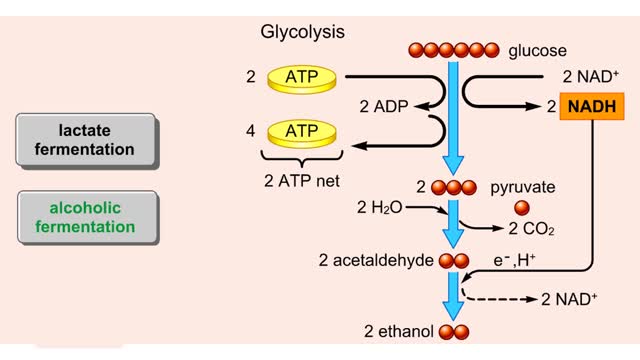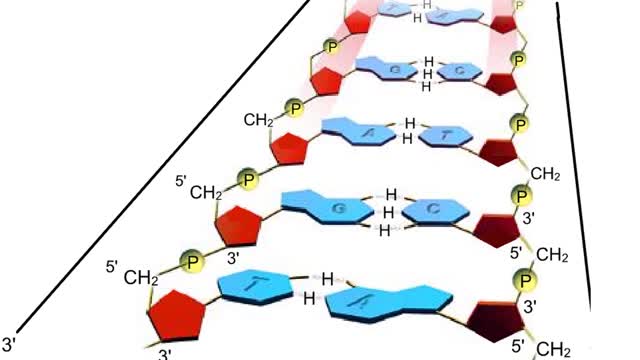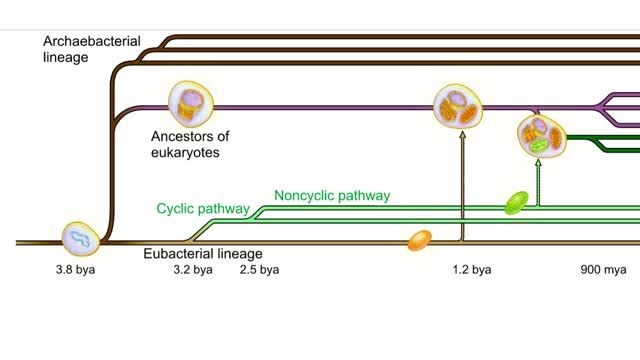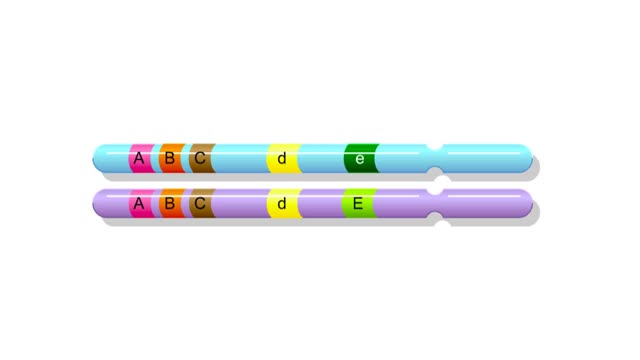Search Results
Results for: 'El'
By: HWC, Views: 5118
Points at which organic compounds enter the reaction stages of aerobic respiration. Complex carbohydrates are broken down into simple sugars, such as glucose. They become the substrates for glycolysis. If your body doesn't need to burn glucose for energy, glucose-6-phosphate can be co...
By: HWC, Views: 4803
Both lactate fermentation and alcoholic fermentation begin with pyruvate formed by glycolysis. During lactate fermentation, pyruvate molecules accept electrons and hydrogen from NADH. This transfer regenerates NAD± and converts pyruvate to lactate. The net energy yield is the two ATP...
Energy inputs and release in glycolysis Animation
By: HWC, Views: 4795
Glycolysis breaks the six-carbon sugar glucose into two three-carbon molecules of pyruvate. The first steps of glycolysis require an energy input in the form of two phosphate-group transfers from ATP. These phosphorylations raise the energy level of glucose enough to allow the energy-releas...
By: HWC, Views: 4909
In glycolysis, a six-carbon glucose molecule is split into two three-carbon pyruvate molecules. In this animation, each carbon molecule is represented by a red ball. The end products of glycolysis are two molecules of pyruvate. Glycolysis is the breakdown of glucose into two molecules of ...
Peptide Bond Formation Animation
By: HWC, Views: 4678
During protein synthesis, peptide bonds link amino acids together in the order specified by DNA instructions. In this case, the first two amino acids in the protein are methionine and alanine. Here are ball-and-stick models of these amino acids. Peptide bond formation is a type of condensatio...
Secondary and tertiary levels of protein structure Animation
By: HWC, Views: 4791
Amino acid sequence dictates a protein's final shape. The presence of certain amino acids favors a pattern of hydrogen bonding that causes part of the polypeptide chain to coil and twist into an alpha helix. The presence of other amino acids enables hydrogen bonding between strand like re...
By: HWC, Views: 4782
A section from a DNA double helix The backbone of each DNA strand consists of alternating deoxyribose sugars and phosphate groups. The two strands run in opposite directions. One runs from the 5' to 3' direction, the other in the 3' to 5' direction. Think of the deoxyribose units o...
Evolutionary tree of life Animation
By: HWC, Views: 4643
An evolutionary tree of life that reflects mainstream thinking about the connections among major lineages (bya = billions of years ago, mya = millions of years ago). By about 3.8 billion years ago, chemical and molecular evolution had produced the first living cells. The first major divergenc...
By: HWC, Views: 5497
Diploid organisms have pairs of genes, on pairs of homologous chromosomes. Each gene has a specific location on the chromosome. We call this the gene's locus. In this species, the locus for gene B is always between the loci for genes A and C. Most genes come in two or more slightly differen...
Advertisement











